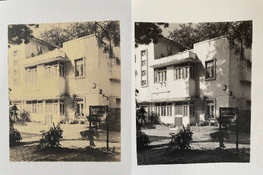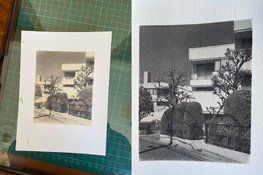I'm a novice platinum print maker.
Am I overexposing my platinum prints? Images attached.
The latent image is not that different from the final print. And it doesnt change that much when I pour the developer.
These are prints made from Ilford Delta 100 4x5 negatives.
Arches Platine coated with Potassium Chloroplatinate (6 drops) with Ferris Oxalate (3 drops) and Ferric Oxalate + Potassium Chlorate (3 drops)
Exposed to the sun for 10 mins
Developed with Ammonium Citrate
Cleared with EDTA and Sodium Sulfite
washed in tap water
Thanks!
Am I overexposing my platinum prints? Images attached.
The latent image is not that different from the final print. And it doesnt change that much when I pour the developer.
These are prints made from Ilford Delta 100 4x5 negatives.
Arches Platine coated with Potassium Chloroplatinate (6 drops) with Ferris Oxalate (3 drops) and Ferric Oxalate + Potassium Chlorate (3 drops)
Exposed to the sun for 10 mins
Developed with Ammonium Citrate
Cleared with EDTA and Sodium Sulfite
washed in tap water
Thanks!





